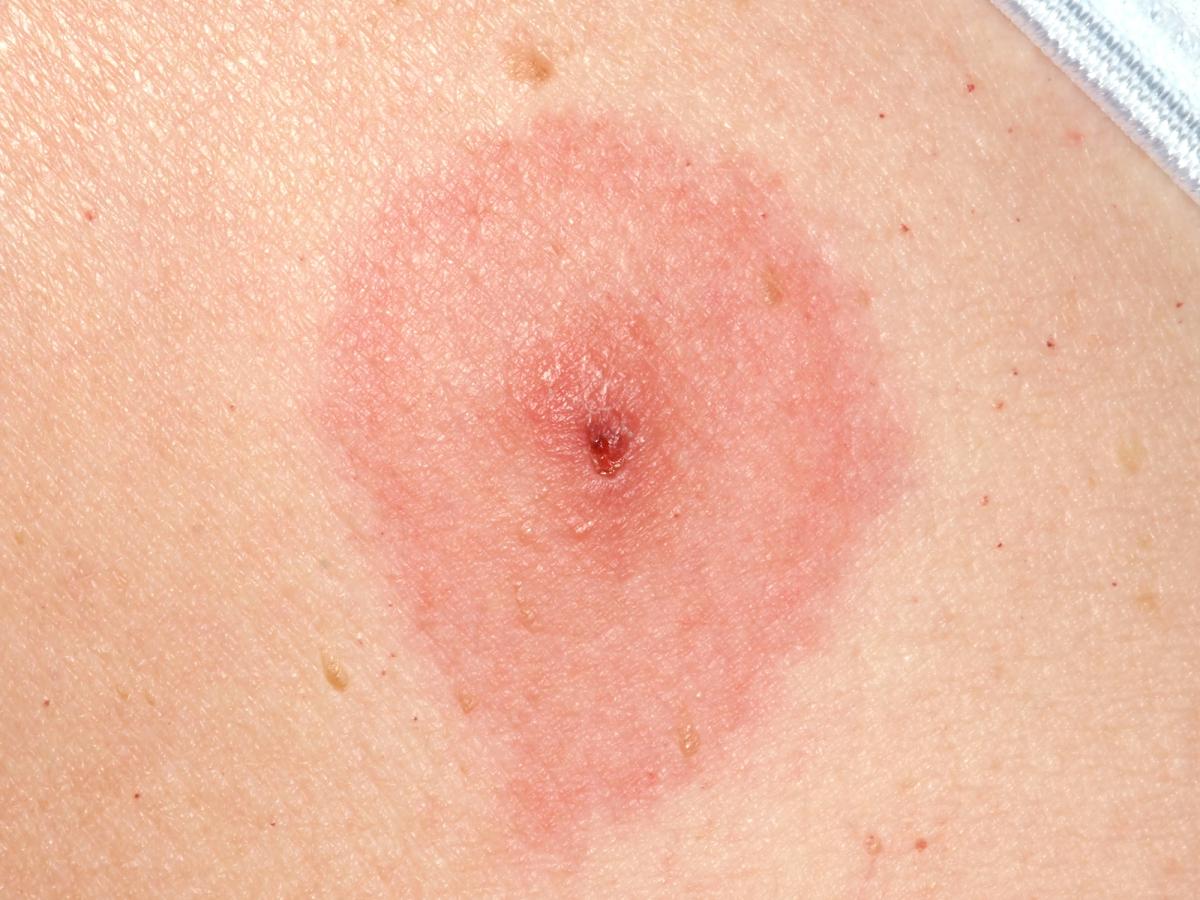
Erythema Migrans: A Comprehensive Guide
What is Erythema Migrans?
Erythema migrans is a distinctive skin rash commonly associated with Lyme disease, a tick-borne illness. Typically described as a "bull's-eye" or target lesion, erythema migrans occurs at the site where a tick bite transmits the bacterium Borrelia burgdorferi. Recognizing this rash early is crucial as it indicates the initial stage of Lyme disease and requires prompt medical attention.
For more information about Lyme disease and its causes, visit the Centers for Disease Control and Prevention (CDC).
Types and Variations of Erythema Migrans
While the classic erythema migrans rash features a central clear area surrounded by an expanding red ring, various presentations can occur:
- Classic Bull's-Eye Appearance: The most recognized form, with a central red spot and one or more rings.
- Homogeneous Rash: Uniformly red with no central clearing or noticeable rings.
- Multiple Rashes: Some patients may exhibit more than one lesion, sometimes resembling secondary lesions but not due to multiple tick bites.
Recognizing Erythema Migrans: Symptoms & Visual Clues
The rash typically develops between 3 to 30 days after a tick bite and can expand over time. Symptoms associated with erythema migrans may include:
- Flat or slightly raised red spot: Can feel warm to touch but usually not itchy or painful.
- Expansion: The rash can enlarge to 12 inches (30 cm) or more in diameter.
- Resolves on its own but indicates systemic infection: Despite disappearing without treatment, it signifies an active Lyme disease infection.
Search terms people might use include "red bull's-eye rash," "expanding rash," or "Lyme disease rash."
Who Gets Erythema Migrans?
Risk Factors:
- Exposure to Ticks: Occupations or activities in wooded, grassy areas increase tick exposure.
- Geographical Location: Most common in the northeastern, north-central, and Pacific coastal areas of the United States and parts of Europe.
- Seasonal Incidence: More frequent in the late spring to early fall when ticks are most active.
Diagnosis and Tests
Recognizing erythema migrans is often sufficient for a clinical diagnosis of Lyme disease, especially for those with a history of potential tick exposure. However, blood tests may confirm the diagnosis by detecting antibodies against Borrelia burgdorferi.
For detailed information on the diagnosis processes for Lyme disease, visit the National Institute of Allergy and Infectious Diseases (NIAID).
Management and Treatment
Antibiotics:
Antibiotic treatment is highly effective for erythema migrans and early-stage Lyme disease. Commonly prescribed antibiotics include:
- Doxycycline: Standard for adults and children aged 8 years and older.
- Amoxicillin: Preferred for pregnant women and young children.
- Cefuroxime Axetil: An alternative for those allergic to doxycycline or amoxicillin.
For more information regarding antibiotic use, you can refer to trusted resources like Mayo Clinic.
Home Care and Monitoring:
- Regularly check for new or recurring symptoms,
- Follow the full course of prescribed antibiotics even if symptoms improve.
Prevention
- Tick Avoidance: When in tick-infested areas, wear long sleeves, tuck pants into socks, and use tick repellents containing DEET or permethrin.
- Daily Tick Checks: Inspect your body and clothing immediately after potential exposure. Prompt removal reduces the risk of Lyme disease transmission.
For detailed preventive measures, check out this CDC guide on tick prevention.
When to Call a Doctor
Seek medical advice if you observe:
- A rash with the characteristic bull's-eye pattern.
- Accompanying symptoms such as fever, chills, fatigue, or joint pain.
- New erythema migrans lesions after prior Lyme disease treatment.
Common Questions About Erythema Migrans
Can erythema migrans occur more than once?
Yes, but typically in different parts of the body or after subsequent tick bites if Lyme disease remains untreated.
Is erythema migrans the only sign of Lyme disease?
No, Lyme disease can present with nonspecific symptoms such as headache, fever, malaise, and muscle pain.
How does erythema migrans differ from other skin conditions?
Not all rashes with a bull's-eye pattern signify Lyme disease; other conditions and skin reactions can mimic its appearance. Always consult a healthcare provider for an accurate diagnosis.
For further reading, consult the American Lyme Disease Foundation (ALDF).
Recognizing and responding promptly to erythema migrans is essential in the prevention and management of Lyme disease. Early intervention with antibiotics vastly improves outcomes, emphasizing the importance of awareness and proactive healthcare.

Identify Skin Conditions Instantly
Try Rash ID for Free